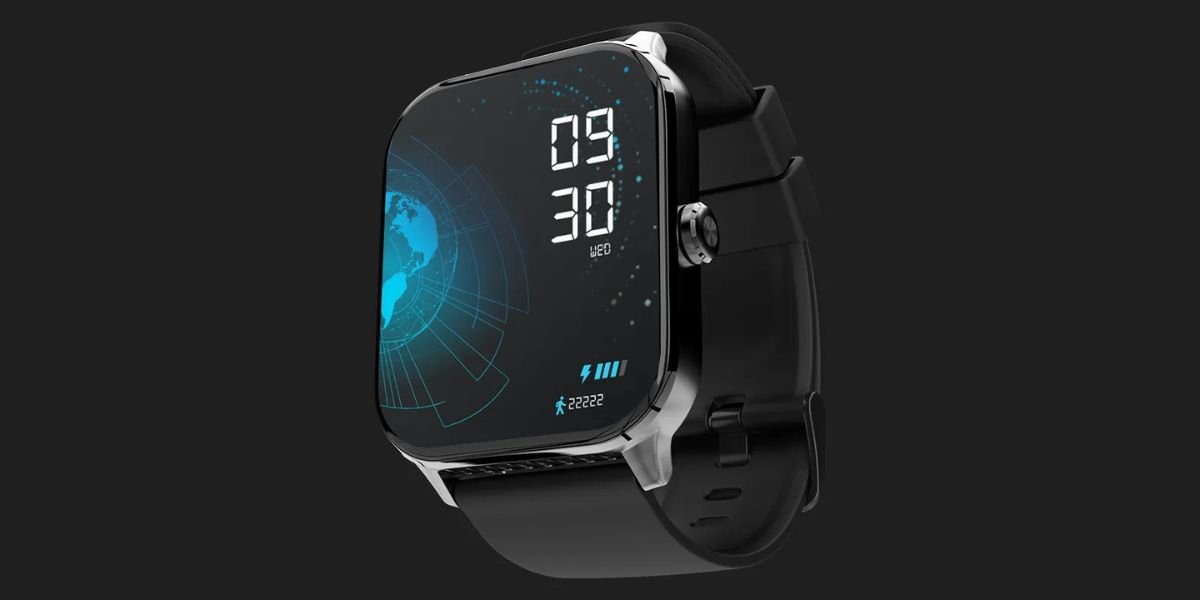Smart wearables like smartwatches and fitness bands have made great strides in the last few years. It is claimed to accurately monitor blood pressure, ECG, and blood oxygen levels through smartwatches and fitness bands. In 2009, Fitbit entered the wearable market and claimed to count steps with its fitness band. Now after almost 13 years, smartwatches are claiming to provide heart rate, blood pressure, blood oxygen, and even ECG reports.
Today there are bands and smartwatches in the market that claim to track body temperature, but relying on smartwatches, especially for blood pressure can prove to be dangerous for you. Let’s try to understand why are we saying this.
What is blood pressure and how to check it?
In simple words, blood pressure is the force that your blood exerts on the walls of your arteries. High pressure occurs when your heart contracts, forcing blood to flow through your arteries. There is minimal pressure between contractions. Both of these values are measured in millimeters of mercury (mmHg).
The most accurate blood pressure reports are obtained by inserting a tube into the artery and measuring blood pressure directly, although this is a longer procedure and is not routinely used. The simplest and most commonly used procedure is to place a blood pressure cuff on the arm. Electronic blood pressure devices also work on similar lines.
Blood pressure test by photoplethysmography
In the last few years, blood pressure has been monitored through a new technology which is called photoplethysmography (PPG). This PPG sensor is being used in most of the smartwatches and fitness bands. In the PPG technique, with the help of LED light and a light sensor, the flow and quantity of blood in the veins are checked and on the same basis, blood pressure is measured.
plus wave analysis
Companies like Samsung are using this plus web analysis technique in their smartwatches. In this technique, it is believed that if the amount of blood is flowing from the veins then it means that there is high blood pressure. The biggest problem with this is that it does not give information about the exact blood pressure, but about a possible pressure.
Apart from this, the Plain Arrival Time (PAT) technique is being used in many gadgets and Plus Transit Time (PTT) is being used in many but the questions regarding accuracy are the same as before.
Where is the problem in checking blood pressure with a smartwatch?
Currently, the PPG signal is most commonly used in smartwatches. To a large extent, it gives accurate results but cannot be completely trusted because its results may vary depending on skin color, sweat, body temperature, etc. The PPG sensor can also give incorrect blood pressure results.
According to Dr. Ramakrishna Mukkamala of the University of Pittsburgh, all these methods are not based on any generally accepted physiological principles. Dr. Mukkamala is an expert in Computational Physiology. He has written extensively on cuffless blood pressure monitoring.
Also Check: Mark Your Calendars: iPhone 15 Series Grand Reveal at Apple’s Special Event on September 12th!
They believe that blood pressure reports through PAT and PWA are not reliable and have not been certified to date. There may be differences in blood pressure when checked from different parts of the body. This is why there is no blood pressure monitor smartwatch in the market that has been certified by the Food and Drugs Administration (FDA) or any medical association.





